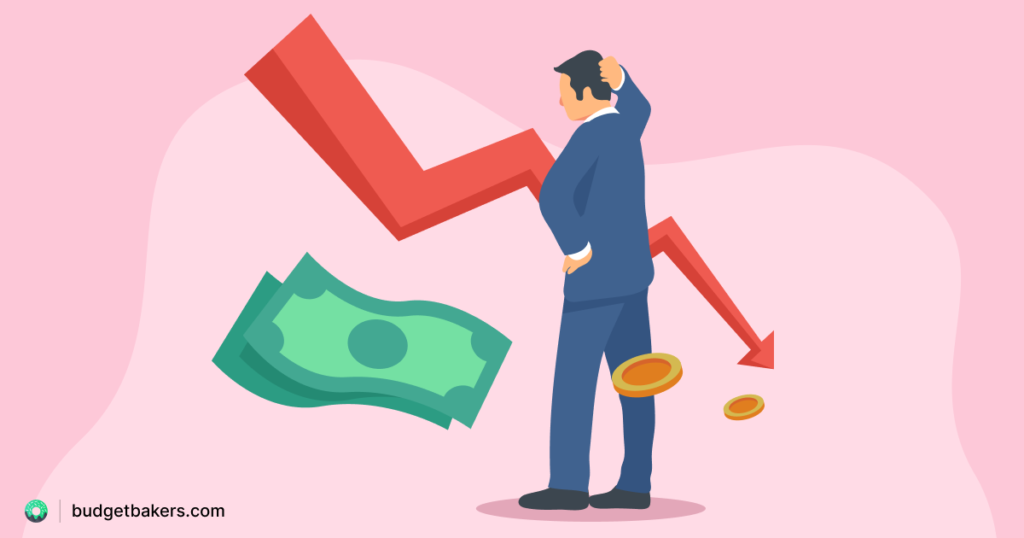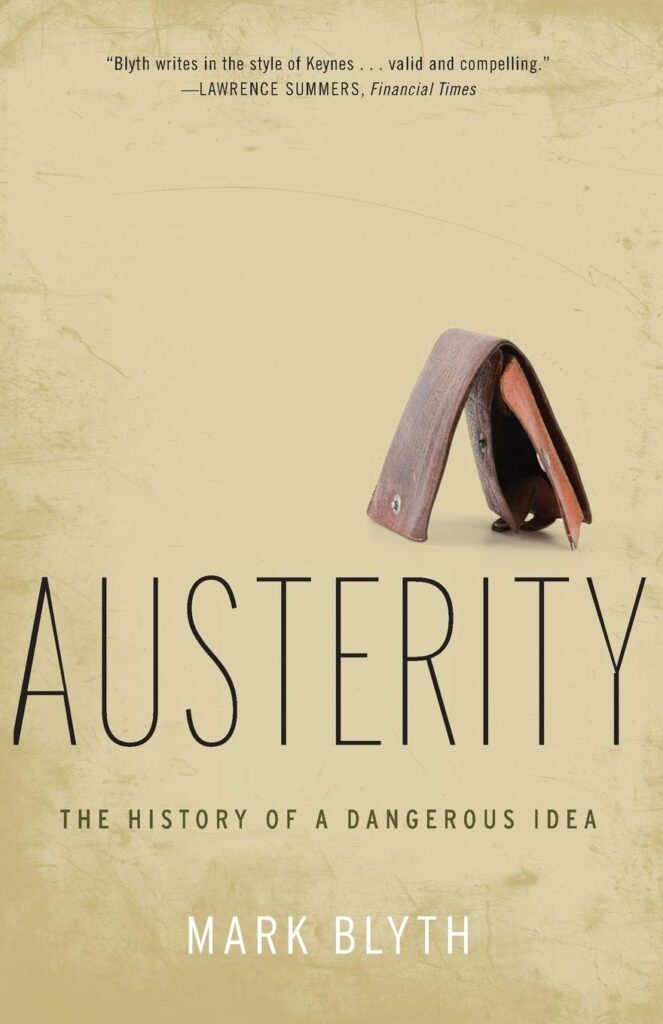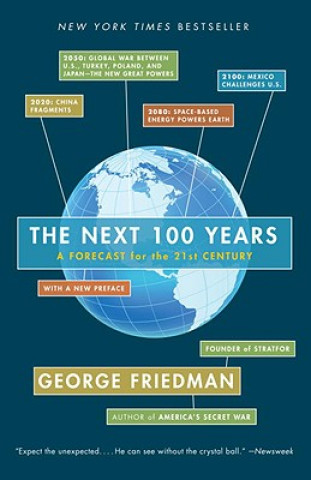
Earlier we posted a detailed explanation of what inflation is, what causes it, and what you can about it. Today we’re going to dive deeper into that topic with a review of 6 different sources explaining various aspects of inflation, from how it works, to what governments do to try and stop it from happening. Learn about inflation with BudgetBakers!
Planet Money: The Great Inflation
In this classic episode of the podcast Planet Money from 2015 by Jacob Gold and David Kestenbaum, we learn about the “great inflation” of the 1970s in the United States, when inflation was rising by over 10% per year – only inflation today matches these rates. The episode features interviews with Economist William L Silber, who shares stories about Paul Volcker, the Federal Reserve Chair in the 1970s.
Rising inflation and sliding wages, together dubbed “stagflation” by economists, was creating a “malaise” or “bad feeling” across the country. Pessimism about the future was shockingly high. In many ways, the 1970s paralleled the beginning of the 2020s, with the notable exception that in the 1970s, unemployment was much higher than it is today.
Very controversially, the US government under President Gerald Ford encouraged consumers to buy fewer products, burn less fuel, and save more money. The idea was that it might be possible to stop inflation if one could change consumer psychology so that people think more long-term and do not compete for products and services. These measures did not work, and millions of people lost their jobs over the decade as the US economy tried to save its way out of an inflationary crisis.
The actions the US government took in the 1970s and 1980s to arrest inflation were controversial, but seem to have worked, and for 40 years, inflation has remained low. The remedies used at the time were incredibly painful, and there is no guarantee that the same actions will work again. Listen to this podcast to find out what policymakers did to fight inflation.
Key Takeaways:
- Inflation has psychological effects that cause people to make poor financial decisions
- Inflation is the result of over-creation of money by the Fed
- So-called “shock therapy,” i.e., raising interest rates to reduce the supply of money, reportedly stopped inflation in the early 1980s. Not all experts agree.
Adam Davidson: Examining The Risks of Deflation
Economics reporters Michel Norris and Adam Davidson discuss the dangers of deflation, or what happens when prices are falling consistently over time. National Public Radio aired this interview in the U.S. in 2010.
In the interview, Davidson explains in clear and simple terms why persistent deflation may sound attractive on first glance. But is actually incredibly dangerous and destructive to the economy; so much so that modern central banks are obsessed with making sure inflation is continuous and prices continue to rise.
Key Takeaways:
- Deflation destroys hope in the future, making long term investing impossible
- It was one of the causes of the global Great Depression of the 1930s, one of the key factors in the breakout of WW2
- Deflation is extremely difficult to stop, and the methods used to stop it may end up causing inflation instead
Austerity: The History of a Dangerous Idea, by Mark Blythe

“At times I wondered if it was a contradiction in terms to enjoy so much a book about austerity. This is an intelligent, well-written book that is recommended for anyone wishing to understand, in both practical and intellectual terms, how the global economy has found itself in crisis.” – LSE Book Review
In this landmark book by Scottish political economist, historian, and Harvard professor Mark Blyth, the author details the history of governments trying to fight inflation by cutting government spending.
The very short version: it doesn’t work. As governments try to cut their budgets in an attempt to pay down their debts and increase the vibrancy of their internal economies, the opposite occurs. Countries that seek to “cut their way to growth” end up getting poorer, and having little to show for their efforts. Blyth also dives into how “austerity” often simply provides cover for the re-branding of private debts as public liabilities, as ordinary people have to pay for the mistakes of the financial system – erasing the consequences of gambling by the banking industry and saddling the future with debts it doesn’t need.
Blyth details the history of so-called “austerity economics” and how they influenced the political thinking of generations of people. To Blyth, the dedication that conservative politicians and economists have to the idea that it is good to cut down on government spending and debts has led to much loss of economic growth, and has contributed to political instability in the form of increased nationalism, xenophobia, and political division.
Key Takeaways
- The “sovereign banking crisis” of 2008 was not caused by national governments, but by private banks
- Governments effectively assumed private banking debt as public in 2008, without any democratic process
- People in OECD countries were then told that public spending caused the crisis, but it did not
- Cutting government spending to increase economic growth rarely works. Especially when more than one country try it at the same time
- Countries that rely on low costs of labor (like Germany and Japan) benefit from cutting costs. But countries with strong consumer economies (like the USA) do not
- Countries with high government spending cannot easily cut their spending and raise their revenues, because government spending drives their economies
George Friedman: The Next 100 Years, A Forecast of the 21st Century

“Conventional analysis suffers from a profound failure of imagination. It imagines passing clouds to be permanent and is blind to powerful, long-term shifts taking place in full view of the world.” —George Friedman
In this bizarre but fascinating book of “geopolitics projections” from the famed geopolitical forecaster and private intelligence provider George Friedman, the author gives us an account of what the history of the 21st century might look like, and most importantly why it might look like that.
Friedman’s method is to ignore the day-to-day details of politics, and focus instead on the very core facts of geopolitics. That means focusing on the resources that countries have and need, how they will get those resources, and how they will probably be forced to fight for or defend those resources in the future. In this way, Friedman dismisses many of the myths about how global politics works, and shows that regardless of our sentiments about global politics, history is mostly driven not by ideas, but by concrete realities of geography, demographics, and science.
Among Friedman’s many predictions, he accurately forecast the Russian invasion of Ukraine over 10 years before it occurred. He also predicted the end of the American war in Afghanistan and Iraq, and the current political crisis in the United States in surprisingly clear detail.
Friedman’s predictions are relevant for this list because they focus largely on the long-term effects of economic policy and changes in the political economy, two things that drive, and are driven by, inflation and deflation. Using Friedman’s methods, it’s possible to understand why certain large trends occur that will cause economic growth or decline at various points in time. The future he predicts is surprising, and likely much of it will turn out to be wrong for one reason or another, but his thinking illuminates many interesting topics which have a direct impact on our daily lives.
Key Takeaways
- Long term economic trends are mostly driven by demographics and geography: meaning that the age of a population, its skills, and its access to resources explains most changes in economic conditions
- By focusing on the geopolitical trends of the past, we can see cycles that repeat themselves in different countries over decades or even centuries; this is because geography and demography change, but also have a “flow” which is cyclical
- Changes in technology mostly come as a response to problems of the day. Problems of the day are mostly driven by a lack of resources. Therefore technology change can be mapped according to what people in the future will need to survive
New York Times, The Daily Podcast: Why Inflation Doesn’t Affect Us All The Same
In May 2022, The New York Times’ well-researched The Daily Podcast published an insightful episode on today’s inflation and its impact on US citizens. It features economics reporters Michael Barbaro and Ben Casselman shedding light on different age groups in American society and how much (or little) they are affected by the current price increases.
The two journalists first focus on young adults. They argue that people between 20 and 30 are relatively well positioned at the moment. They base this assumption on their flexibility, which distinguishes them from the elderly. This allows them to move to different cities and states to start good-paying jobs.
Another “advantage” that young people have is the fixed interest rates that apply to most student loans. General interest rate increases won’t affect these existing federal loans, after all. And as the money loses its value, students will have to pay back less money for their loans, according to Casselman.
Middle-aged people between 30 and 50 are worse off, according to the two podcasters. They are less likely to have the opportunity to move around for a better job. In addition, this age group is particularly affected by the current price increases in the food and energy sectors due to having children and owning a car or a home.
However, they benefit from fixed interest rates in the real estate sector in a similar way as young people do with their student loans. Despite rising real estate prices, their monthly costs don’t go up. People who rent, however, are affected in a very negative way by the current inflation. Their wages are not rising at the same rate as the increasingly expensive rents and utility costs.
According to The Daily Podcast, retirees are the hardest hit by inflation. They have no ability to increase their income despite rising prices as they don’t benefit from the good job market.
Key Takeaways:
- Not everybody experiences inflation equally.
- Young people can fully benefit from the good job market and fight price increases with good wages.
- Middle-aged and elderly people face a worse situation, as they have little ability to increase their income, but are most affected by exorbitantly high gas and food prices.
Mark Mobius: The Inflation Myth and the Wonderful World of Deflation
Mark Mobius’ January 2021 bestseller The Inflation Myth and the Wonderful World of Deflation addresses the question “What if everything you’ve learned about inflation is wrong?”
He argues that while the principles of inflation were once true, technological innovation has made inflation measures highly unreliable, highly politicized, and highly inaccurate.
BudgetBakers recommend the book to all readers interested in macroeconomics and the financial policies of governments that significantly affect our daily lives.
Key Takeaways:
- The provocative book argues that governments manipulate and exploit inflation figures to fit their economic programs.
- Collecting data to measure inflation is extremely difficult, resulting in inaccuracies
- Using currencies to measure inflation is a mistake when governments are devaluing those currencies
- Advances in technology and automation lead to decreasing costs for goods and services


